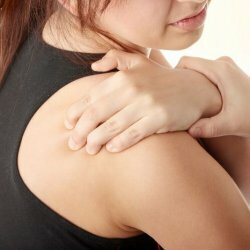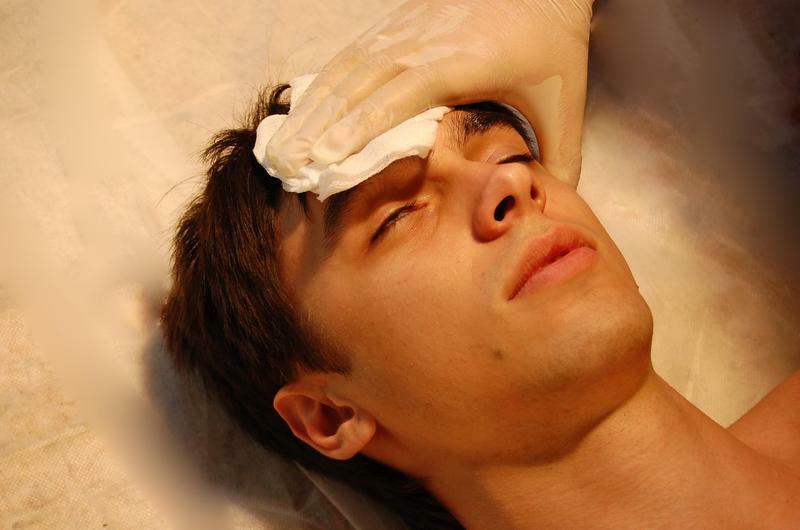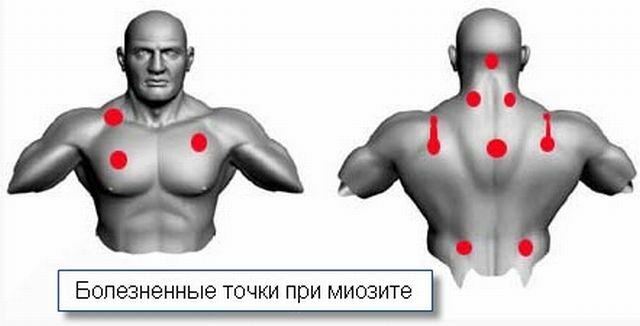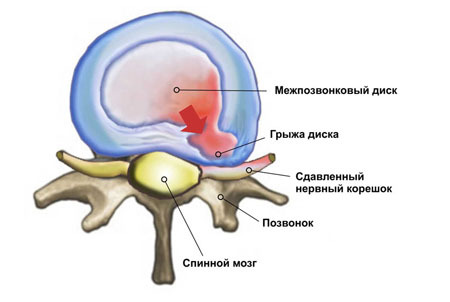Tendonitis: causes, symptoms, diagnosis and treatment
 Every day our musculoskeletal system undergoes various loads. As a result of heavy loads, joints, tendons, muscles, capillaries and connective tissue can be damaged. If the damage is not serious and the person fully rests after them, the damaged tissues heal and recover. If there is not enough rest, the microtrauma can develop into tendonitis.
Every day our musculoskeletal system undergoes various loads. As a result of heavy loads, joints, tendons, muscles, capillaries and connective tissue can be damaged. If the damage is not serious and the person fully rests after them, the damaged tissues heal and recover. If there is not enough rest, the microtrauma can develop into tendonitis.
General information about the disease
Tendonitis is an inflammation of the tendon. Inflammatory process with such trauma proceeds painfully, with reddening of the skin at the site of injury. In addition, it will be difficult for a person to move a damaged limb. This pathology can begin with the inflammation of the tendon bag. If the adjacent tissues are involved in the inflammatory process, then the inflammatory process will be called myotendinite.
Most often from this disease tendon tendons of the elbows, hips, heels, shoulder girdle, knees, the base of the thumb of the brush. After all, these places, as a rule, are subjected to the greatest load. Tendinitis can occur in acute and chronic form. Cavernous tendonitis can be purulent or aseptic. The chronic form is divided into fibrous and ossifying. Physicians are much less likely to encounter parasitic forms.
The most common forms of tendonitis: biceps, temporal, shoulder joint, wrist, elbow joint, gluteus muscles, thigh, Achilles tendon and knee joint.
Causes of tendonitis
Tendonitis can occur for various reasons. Most often it provokes:
- constant same type of load on the same joints: running, exercises in the gym;
- microtrauma, obtained during sports: most often stretching;
- serious injury;
- immune diseases and neuropathies;
- violation of posture;
- incorrect formation of tendon apparatus;
- musculoskeletal diseases: arthritis, gout and the like;
- presence of infection in the surrounding joint or tendon tissues;
- age changes that occur in the bones, muscles, joints and tendons;
- incorrect calcium metabolism.
As a rule, athletes and people who engage in monotonous physical labor are most affected by this disease. Very often patients at a doctor's appointment begin to remember that the first symptoms of the disease began to appear after severe stressful situations. Chronic tendinitis reminiscent of themselves during weather changes.
Symptoms of tendinitis
Regardless of where the disease started, its symptoms are always the same:
- Pain appears in the area of the affected tendon. Pain occurs when you move or when you press your finger. Passive movements can not cause pain.
- When you move the tendon very often you hear a crunching sound.
- The skin in the inflammation zone turns red and when you touch it you can feel that it is warmer than the rest of the skin.
- The joint is stiff and the patient has to limit his movements to avoid strong pain.
- In the place of defeat of the tendon, there is often a swelling.
Some symptoms are quite specific. They can manifest only when the disease develops in a specific place. The doctor can identify the disease according to the symptoms described above.
Diagnosis of the disease
First of all, the doctor carefully listens to the patient's complaints. After this, he conducts a visual examination of the patient. The doctor with the help of palpation determines where the pathological process is localized and which tendon has suffered. Then, with the help of palpation, the doctor determines if there is swelling. Also, the doctor determines the intensity of pain. An experienced specialist will immediately be able to distinguish tendonitis from arthritis. Unfortunately, many doctors often confuse these two diseases, which makes treatment difficult.
If a doctor suspects that the disease has occurred because of an infection or that it is associated with rheumatoid processes, then laboratory tests are additionally assigned. With the help of X-ray, you can find out if there are deposits of calcium salts. This happens in the late stages of the disease. This method allows you to find the relationship of tendonitis with arthritis or bursitis.
MRI and CT can identify the presence of sites of degenerative changes in tendons, ruptures and pathologies that require surgical intervention. Ultrasound is an additional diagnostic method. With his help, you can determine whether there are changes in the structure of the tendon. Also using ultrasound can determine the contractility of the tendon.
The method of magnetic nuclear resonance makes it possible to determine areas with abnormal impulses in the chronic stage of the disease, which indicate the presence of irreversible degenerative-dystrophic changes in scar tissue in the tendons. In such cases, doctors prescribe a surgical procedure.
Treatment of tendinitis
At the initial stage the disease is treated in this way:
- The patient should exclude any physical exertion on the affected tendon area. Also, you need to fix the tendon with an elastic bandage or bandage. Sometimes doctors attribute crutches or orthopedic shoes.
- With tendinitis, the application of cold compresses is prescribed.
- In an orderly order ointments of NSAIDs( Ibuprofen, Orthofen, Nyz, Aertal and the like) are prescribed. Such drugs help to reduce the number of produced mediators of inflammation. They gradually relieve the inflammatory process and pain. Drugs can be taken in the form of tablets, injections, creams, ointments, gels. However, you need to understand that these funds are strong enough and they should not be taken without a break for a long time. They can adversely affect the condition of the gastric mucosa. Therefore, after two weeks of taking the drug, you need to take a break.
- If the disease was provoked by an infection, the doctor prescribes antibiotics or antibacterial drugs. Sometimes corticosteroid injections are prescribed.
- When the acute stage of the disease subsides, the patient is shown physiotherapy: magnetic and laser therapy, electrophoresis, ultrasound, shock wave therapy, laser therapy and magnetic therapy. When chronic form of the disease is recommended to make paraffin and mud applications.
- As soon as it is possible to remove the inflammation, it is possible to start a complex of therapeutic exercises, which are aimed at strengthening and stretching the ligamentous apparatus and muscles.
- If the patient has purulent tendonitis, then surgical intervention is required, in which the tendon is opened and pus is pumped out.
In some cases, only surgical intervention can help. It is prescribed by doctors with a rupture of the tendon, with stenosing tendinitis and with pronounced degenerative changes in the tendons. With such pathologies, excision of the affected part of the tendon is performed. The recovery period after the operation is quite long, so you have to limit the physical load to the damaged place for the next three to four months.
During the treatment, doctors recommend that their patients add seasoning to kukurma. It is also useful to drink ginger tea four times a day. To make tea, you need to take a teaspoon of ground ginger, 250 ml of boiling water. Tea should be infused for at least twenty minutes.



